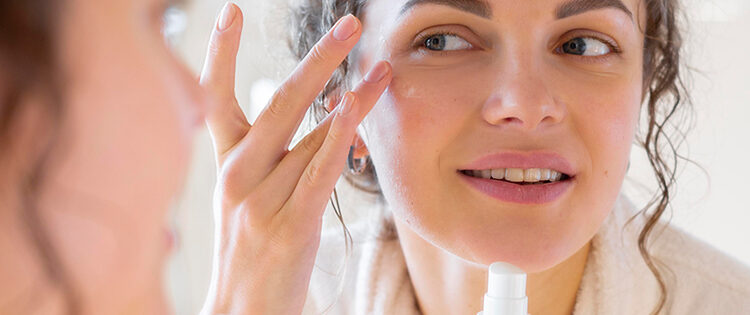
Introduction:
In the world of beauty, the pursuit of ageless beauty remains a timeless endeavor. As consumers seek products that promise to turn back the clock and restore youthful radiance, the scientific rigor behind these claims often goes unnoticed. Behind every jar of anti-aging cream and serum lies a complex journey of testing and validation that aims to deliver more than just promises – it aims to deliver results. In this blog, we will unravel the mystery behind anti-aging product testing, exploring the meticulous methods that substantiate these claims and empower consumers to make informed choices.
Understanding the Complexity:
Aging gracefully is an art, and the science of anti-aging products seeks to complement it. The multifaceted nature of aging demands comprehensive testing approaches. From reducing the appearance of wrinkles and fine lines to improving skin firmness and elasticity, a successful anti-aging product must address various signs of aging.
Scientific Rigor: The Testing Process:
Anti-aging product testing is a journey guided by scientific principles. Before a product makes its way to the market, it undergoes a series of rigorous evaluations to ensure its efficacy and safety. These evaluations encompass both in-vitro and in-vivo testing methods.
1. In-vitro Testing: This involves analyzing the product’s interaction with skin cells at a molecular level. It helps researchers understand how ingredients penetrate the skin barrier, stimulate collagen production, and influence cellular behavior.
2. In-vivo Testing: Transitioning from the laboratory to real-world applications, in-vivo testing assesses the product’s effects on human subjects. Dermatologists, using a combination of visual grading scales and instrumental measurements, evaluate the reduction in wrinkles, fine lines, and other signs of aging.
Addressing Diverse Needs:
Anti-aging is not a one-size-fits-all concept. Skin types, concerns, and genetics vary among individuals. Therefore, testing also takes into account diverse skin tones and textures, ensuring that products cater to a broad range of consumers. This inclusivity reflects the industry’s commitment to providing effective solutions for everyone.
The Role of Clinical Trials:
Clinical trials serve as a crucial phase in anti-aging product testing. These trials involve a controlled group of participants who use the product over a specified period. Dermatologists closely monitor the participants, documenting improvements and changes. These trials provide quantitative data on the product’s ability to deliver promised results, allowing brands to substantiate their claims with evidence.
Transparency and Consumer Confidence:
The transparent communication of test results enhances consumer confidence. Brands that invest in comprehensive anti-aging testing willingly share their findings, building trust with their customers. Moreover, third-party testing and certification organizations further validate these claims, reinforcing the credibility of anti-aging products.
Conclusion:
The journey to ageless beauty is paved with science, innovation, and commitment. Anti-aging product testing is an intricate process that combines state-of-the-art technology with the expertise of dermatologists and scientists. This dynamic fusion ensures that the promises made by anti-aging products are backed by substantial evidence. As consumers navigate the sea of beauty products, armed with knowledge about the rigorous testing methods behind anti-aging formulations, they can confidently choose products that align with their aspirations for radiant, youthful skin.